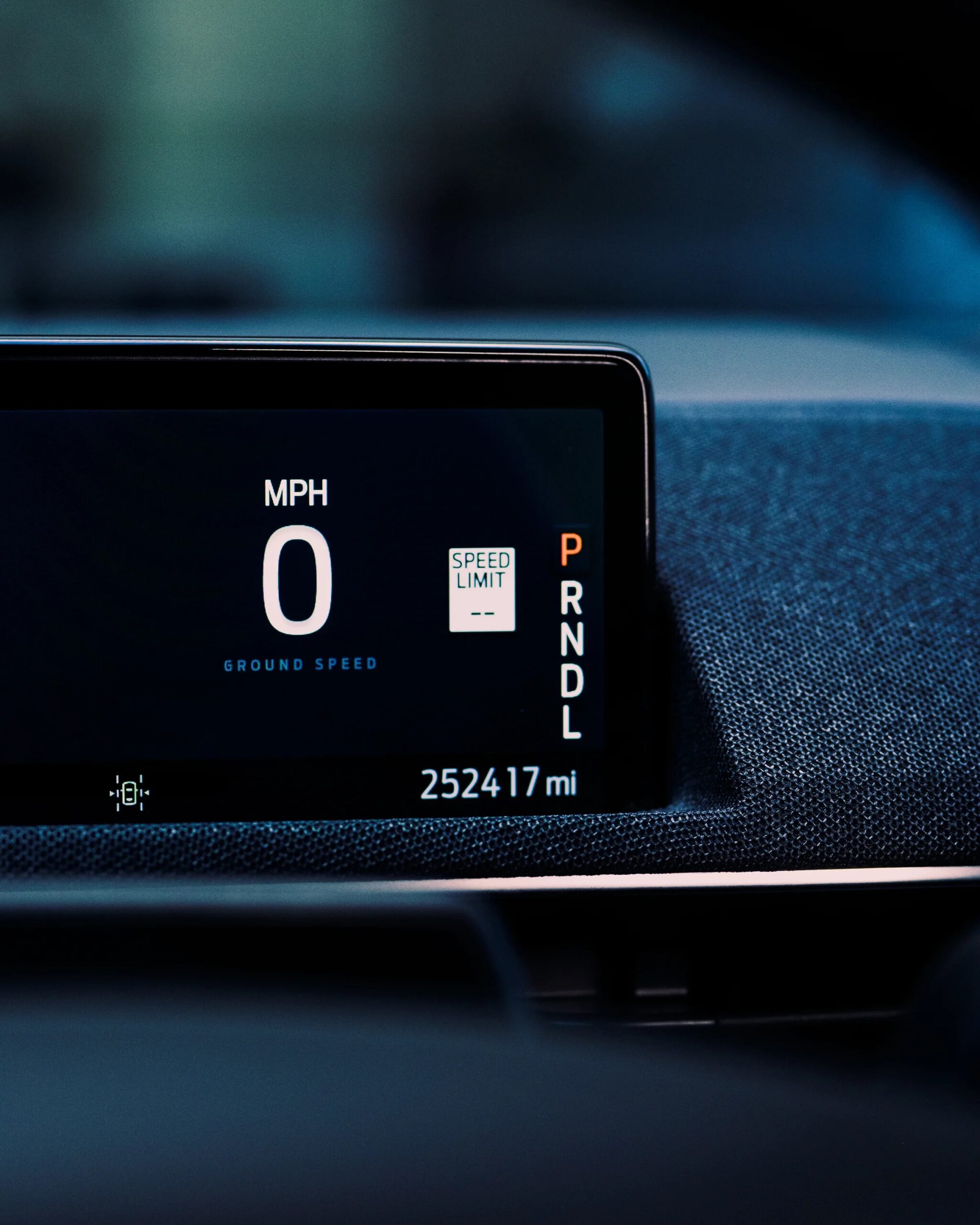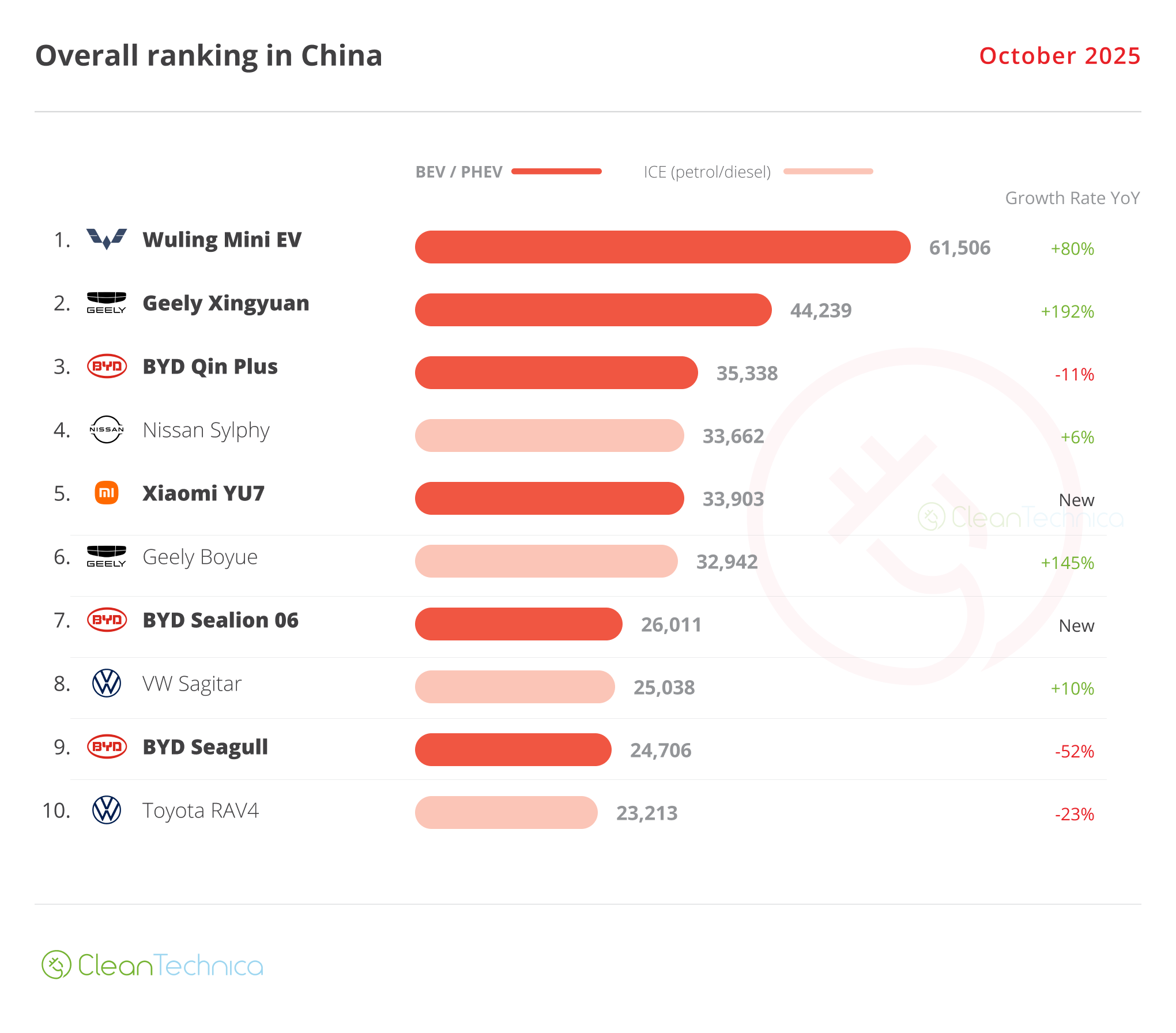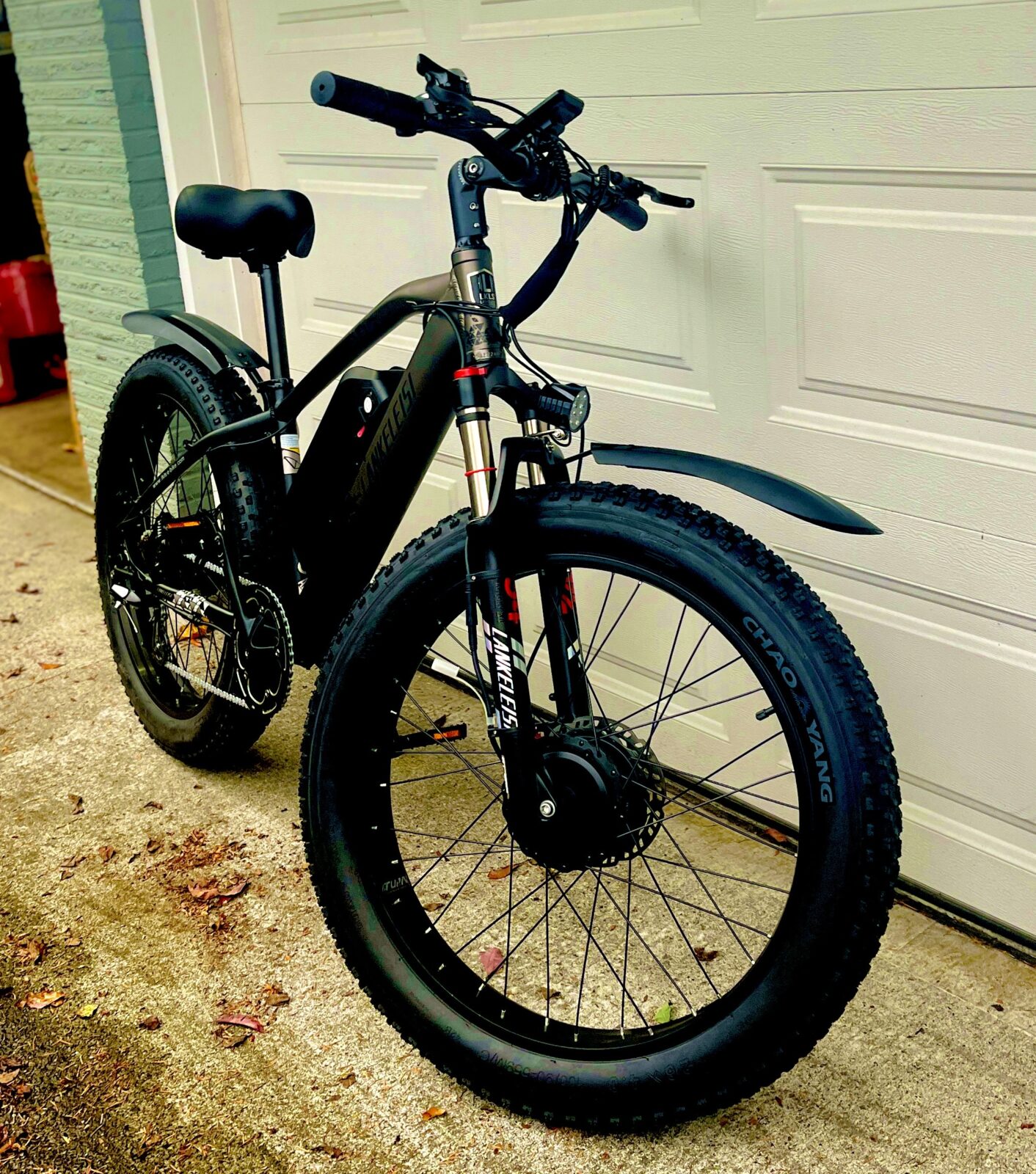As mining operations dig deeper to unlock ore, modern cooling solutions are key to maintaining safety and productivity.
As mines across Australia dig deeper in search of ore, heat and humidity are emerging as silent productivity barriers.
Beyond the obvious safety risks for workers, high underground temperatures can derail production by forcing machinery to operate below capacity or fail altogether. Industry experts believe refrigeration – once seen as a costly add-on – is becoming as essential as power in sustaining viable mining operations.
“Cooling is necessary for production at a certain point,” Aggreko mine cooling sector manager Mitchell Bevan told Australian Mining. “As you go deeper, density increases and so does temperature. Equipment overheats, production slows and, most importantly, people are at risk.
“Around the world there are still underground operations where heat and insufficient ventilation cause regular cases of heat exhaustion and, in the worst cases, fatalities. Even in Australia, people can get sick underground in summer if cooling isn’t managed properly.
“At a certain depth, refrigeration isn’t optional – it’s a requirement.”
While Australian mines typically operate at depths of 1–2km, Bevan said that operations in other parts of the world already extend 5–7km below the surface.
“Our mines could extend to similar depths in the future,” he said. “That means refrigeration will only become more critical.”

Two markets, two approaches
There are two distinct markets for mine cooling in Australia.
“In the short-term market, particularly with gold miners, operators are often just trying to get a foot in the door,” Bevan said.
“They may not have a mine life long enough to justify large capital outlays, so they’ll take up a rental option. Scalable, modular cooling works really well in those cases; you can start small, prove the project, and then scale up as production grows.”
The long-term market, however, looks very different.
“With a 10-megawatt (MW) capital plant you might see two 5MW chillers installed,” Bevan said.
“On paper, that looks efficient but if you lose one of those chillers, you’ve instantly lost half your refrigeration. The impact on production can be enormous.”
That impact is not hypothetical. Bevan pointed to an operation that invested in an 18MW capital plant built around two large chillers.
“When one failed, they lost 9MW of cooling capacity overnight,” he said. “On the other hand, if you’ve got a 10MW rental plant made up of 10 1MW chillers, losing one only takes you down by 10 per cent. You’re still operating at 90 per cent capacity while repairs are made.”
Engineering for perfect conditions
Mines rarely present ideal conditions for cooling solutions, and flexibility is key.
Bevan explains that some operations need short-term solutions to get through peak periods, while others plan for long-term installations.
“We can tailor a plant for six months, two years, five years or a decade,” he said. “If the mine wants to scale later, we can upgrade to a larger system.
“That flexibility is critical because commodity prices and operational requirements can change rapidly.”
Technical ingenuity is equally important. At a gold operation in WA, chillers were installed along a dusty pit road used constantly by dump trucks. By combining proven chillers with intensive maintenance, dust mitigation, and careful risk management, the team ensured reliable performance under challenging circumstances.
Bevan believes this combination of financial and engineering flexibility sets Aggreko apart.
“Capital companies often won’t deliver in situations like that, and other rental firms don’t have the scale or options to compete with us,” he said.
Smarter, not just bigger
While fundamental air-cooled and water-cooled refrigeration technologies have changed little in recent decades, the real transformation has come from controls and data.
“The biggest development in cooling over the past 20 years hasn’t been the chillers themselves. It’s been the intelligence around how they’re run,” Bevan said.
“Modern systems can optimise performance across multiple chillers, so you’re not running one flat-out while the others sit idle. This part-load efficiency has improved massively. That means lower running costs and less wasted energy.”

Remote monitoring is also providing miners with a new level of visibility.
“We provide regular reports that show exactly how much cooling was delivered, how much power was consumed, and demonstrate that it’s doing what we said it would do,” Bevan said.
“We’re making sure we use our modelling to capture data and fine tune our plants over time to find the sweet spot. This helps us understand how our equipment works and gives the client all the transparency that comes along with that.”
This trend towards remote monitoring is helping cooling operations move from reactive to proactive, optimising production and supporting safety in increasingly complex operating environments.
Looking ahead
The future of mine cooling, Bevan said, is moving towards a service-based model.
Aggreko is leveraging its scale and financial flexibility to offer bespoke solutions that best support a client’s bottom line.
“As part of our power offerings, we already have 20-year agreements where mines pay for what they use, essentially as a utility,” he said.
“We’re starting to apply the same approach to cooling, structuring long-term contracts that give mines the assurance they need with technology updated as we go.”
“As part of a 20-year cooling plan, for example, we’ll factor in equipment upgrades along the way. At year 10, we’ll pull some ageing chillers off site and put them into the rental business. We’ll then install a fresh one with updated technology, so the client is operating a brand-new chiller.”
This combination of financial foresight, operational flexibility and technological innovation positions Aggreko to help mines manage risk, optimise performance, and plan with confidence well into the future.
As Australian mines continue to go deeper, the safety and productivity stakes will only rise, meaning proactive cooling solutions will in turn become more important.
“The mining industry is recognising that refrigeration is becoming as necessary as power at a certain depth,” Bevan said.
“I see the future being about flexibility – financial, technological and operational – so mines can adapt quickly to commodity price shifts and changing boardroom demands.”
This feature appeared in the October 2025 issue of Australian Mining.




